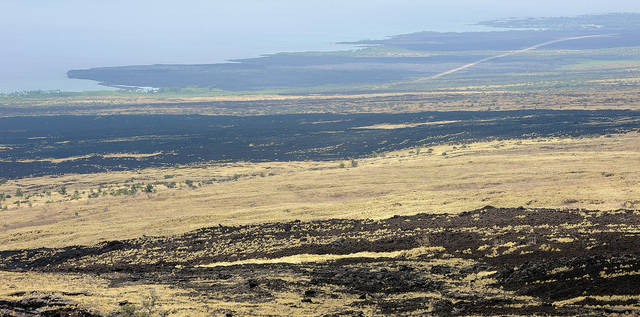2018 wildfire season has kept firefighters busy, scorched native forests, forced numerous evacuations, burned homes and businesses...and it is only August.
As Hurricane Lane approaches, threatening to add another impact to the list, post-fire flooding and landslides, we want to remind you that there is a lot you can do to protect your home and family from wildfires. Great tips provided by HPD, aligned with Wildfire LOOKOUT! info.
From the Source:
Combined, more than 30,000 acres total across Hawaii have been blackened by wildfires this year alone. That's compared to 2017 where nearly 7,700 acres were burned, according to the Pacific Fire Exchange's 2017 wildfire summary.
Capt. Seguirant says the easiest way to reduce the risk is by maintaining homes and yards in dry summer months, and keeping brush trimmed back. It's also important to clear porches, gutters and declutter outdoor spaces.
"Just remove any wood piles, lumber, anything that can actually catch on fire," he said. "You want to make sure you put those things away. Trim back your fire break. Make sure there's 10 to 30 feet of cleared brush between your home."
Falling embers could land and could spark a fire, he said. While grilling outdoors, ensure proper safety precautions are in place and there is no dry brush around. Dispose of hot coal properly, in fire-safe bins provided at many county parks.
HFD also reminds everyone to have an emergency evacuation kit and a plan ready just in case wildfires threaten homes.
"Be ready to evacuate. Get your 'Go Bag.' When you get the call to quickly leave, at that point, belongings and material things can be replaced," Capt. Seguirant said.
He says before evacuating, secure your home by locking doors and closing windows to prevent embers from entering the house, and possibly causing your home to go up in flames.






















